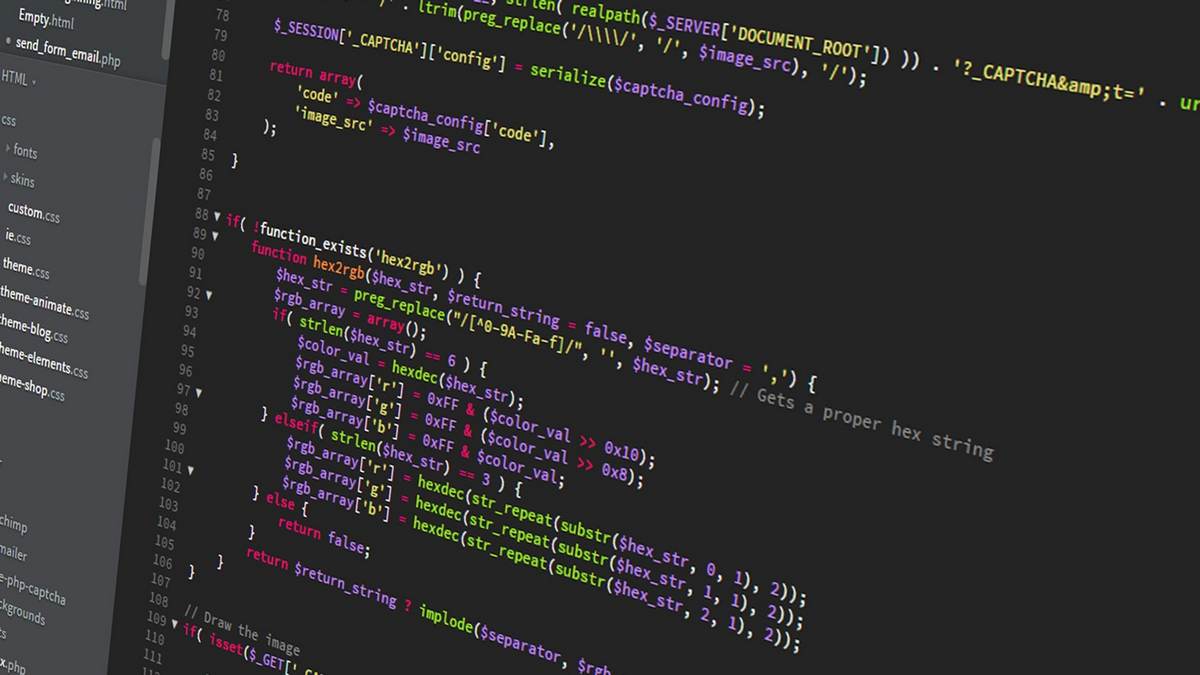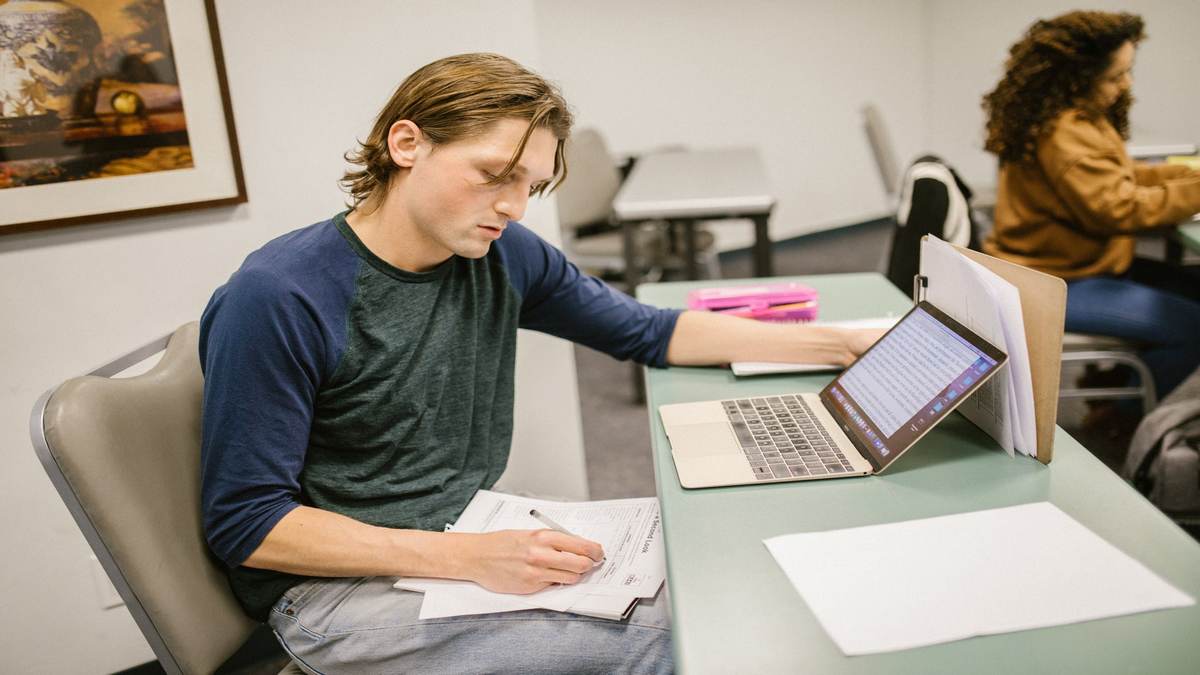The Ins and Out of Code Plagiarism and How to Avoid It
With a growing number of students choosing to study computer science at university, cases of plagiarism in coding have slowly increased. So, how can students read and write their own code without the risk of plagiarising others? Read on to find out more…

Coding is a relatively new language that is under constant development. Subsequently, teachings around plagiarism and programming are ambiguous, and the subject’s distinct lack of citation standards can pose several problems for students.
As a result, a number of students are a risk of breaching an academic misconduct law without even knowing. Though this can seem scary, there are several steps pupils can take to avoid being caught out.
In this article, we’ll discuss the main reasons students are accused of plagiarism and offer some solutions on how to take inspiration from other people’s work without breaking the rules.
What is Code Plagiarism?
Code plagiarism is defined as copying or reproducing written code without the permission of the original creator. Often, the main way students get caught out is by copying and pasting large bodies of text and only moderately adapting it.
Like with any creative process, it is often encouraged to take inspiration from other forms of work, which is why the lines can often get blurred. Converting original code to a different programme language can still be considered plagiarism if the appropriate measures haven’t been taken to turn the code into something unique.
How Can Students Avoid Plagiarising Code?
Download a Plagiarism Checker
To check documents for duplicated content, universities and large institutions use plagiarism checkers such as Codequiry and Scan My Essay.
Submissions undergo rigorous checks to ensure that code submissions are original and that students haven’t copied from peers or the web. Usually, code submissions will be compared both internally and externally using smart algorithms to detect similarities in logic patterns and styles of code.
But it’s not just teachers and examiners that can utilise these sorts of tools. Students can take advantage of the free tools too, to ensure they’re submitting a unique piece of work.

Write Down Your Own Ideas Before Researching
Though it’s a great idea to research your topic matter before writing code, it’s advised to write down your own ideas before taking inspiration from anyone else. This is probably the most effective way of initiating your ideas and formatting something into your own original type of code.
Be confident in your knowledge and use the process to be as creative as possible to problem-solve. Though there are set rules usually already in place, programming can be a highly creative process, so it’s important to try and not get bogged down with the norm and to try to think outside the box.
Learn How to Reference Outside Code
The US and UK education systems allow students to use elements of outside code when learning to programme. But, like with any other subject, programmers must correctly attribute their sources and provide detailed references.
Each university course will often use a different referencing style guide, so making yourself aware of the correct format is imperative in avoiding plagiarism accusations.
Students must also make sure they only use reputable and credible sources. For example, when writing an essay, Wikipedia isn’t the most reliable of sources; similarly with code, taking sections from trustworthy academic research papers is recommended.
Critique and Comment on Your Sources
In addition to simply using outside code to help you navigate your tasks and solutions, it’s a great idea to get into the habit of critiquing your sources.
Is there an alternative solution that could offer better results? Do you think the example coding is clunky and longwinded? Make sure to write down your thoughts to show to your lecturer that you’ve considered all possible options.
Even if you can’t find a better solution, make a point of commending the source’s methodology and explain how you’ve incorporated aspects of exemplar code into your own work. Comments and critiques will help to ensure you’re crediting your sources and their work.
Talk To Your Lecturer or Supervisor
Throughout your time at university, try to schedule time aside to regularly speak to your lecturer. If you’re unsure about something or would like additional help, there’s no shame in asking others. Your teachers are likely to recognise your interest in the topic and reward you for making the effort to learn, rather than copy and paste other people’s work.
Tutors will advise you on the best route forward and possibly be able to provide some examples and tools to learn from. Remember – no question is stupid!

What Are You Going to Do Differently to Avoid Code Plagiarism?
In this article, we’ve discussed what code plagiarism is and how students can avoid being accused of plagiarism.
As programming continues to develop as a form of communication, rules and regulations surrounding plagiarism are bound to tighten. Computer science as a subject is becoming increasingly popular, so it’s down to lecturers, teachers, and students to collaborate to improve standards.
Until then, it’s imperative to use your own knowledge and creativity to create clear instructions that offer the best results. Avoid copying and pasting and referring to other sources extensively, and learn techniques on how to innovate new and exciting solutions.
Have you got any other ideas on how to avoid programming plagiarism? If so, let us know in the comments below!